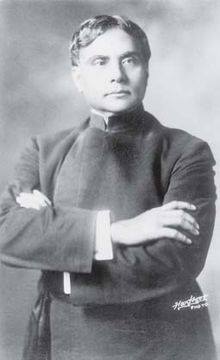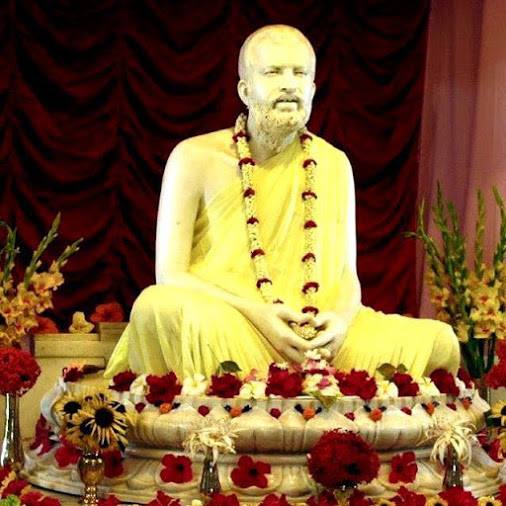WOMEN OF INDIA - 14.
(Delivered at the Shakespeare Club House, in Pasadena, California, on January 18, 1900)
For Recap -Read Part-1, 2, 3,4, 5, 6, 7, 8, 9, 10, 11, 12 & 13.
THE LECTURE :- Part-14.
There they are — married. The wife comes home with her husband; that is called the second marriage. Marriage at an early age is considered the first marriage, and they grow up separately with women and with their parents. When they are grown, there is a second ceremony performed, called a second marriage. And then they live together, but under the same roof with his mother and father. When she becomes a mother, she takes her place in turn as queen of the family group.
Now comes another peculiar Indian institution. I have just told you that in the first two or three castes the widows are not allowed to marry. They cannot, even if they would. Of course, it is a hardship on many. There is no denying that not all the widows like it very much, because non-marrying entails upon them the life of a student. That is to say, a student must not eat meat or fish, nor drink wine, nor dress except in white clothes, and so on; there are many regulations.
We are a nation of monks — always making penance, and we like it. Now, you see, a woman never drinks wine or eats meat. It was a hardship on us when we were students, but not on the girls. Our women would feel degraded at the idea of eating meat. Men eat meat sometimes in some castes; women never. Still, not being allowed to marry must be a hardship to many; I am sure of that.
But we must go back to the idea; they are intensely socialistic. In the higher castes of every country you will find the statistics show that the number of women is always much larger than the number of men. Why? Because in the higher castes, for generation after generation, the women lead an easy life. They "neither toil nor spin, yet Solomon in all his glory was not arrayed like one of them". And the poor boys, they die like flies. The girl has a cat's nine lives, they say in India. You will read in the statistics that they outnumber the boys in a very short time, except now when they are taking to work quite as hard as the boys.
The number of girls in the higher castes is much larger than in the lower. Conditions are quite opposite in the lower castes. There they all work hard; women a little harder, sometimes, because they have to do the domestic work. But, mind you, I never would have thought of that, but one of your American travellers, Mark Twain, writes this about India: "In spite of all that Western critics have said of Hindu customs, I never saw a woman harnessed to a plough with a cow or to a cart with a dog, as is done in some European countries.
I saw no woman or girl at work in the fields in India. On both sides and ahead (of the railway train) brown-bodied naked men and boys are ploughing in the fields. But not a woman. In these two hours I have not seen a woman or a girl working in the fields. In India, even the lowest caste never does any hard work. They generally have an easy lot compared to the same class in other nations; and as to ploughing, they never do it. "
Swami Vivekananda
To be continued ...





Comments
Post a Comment